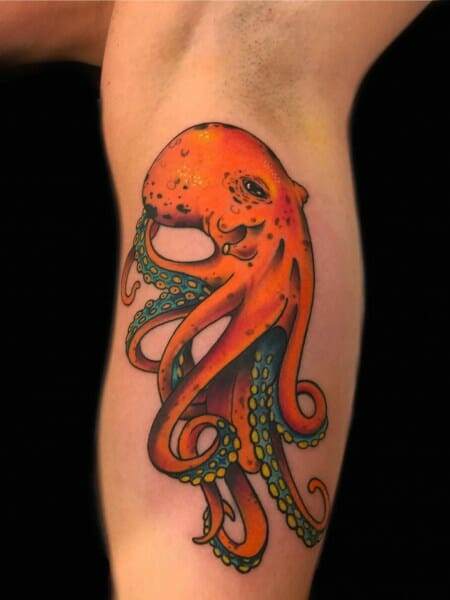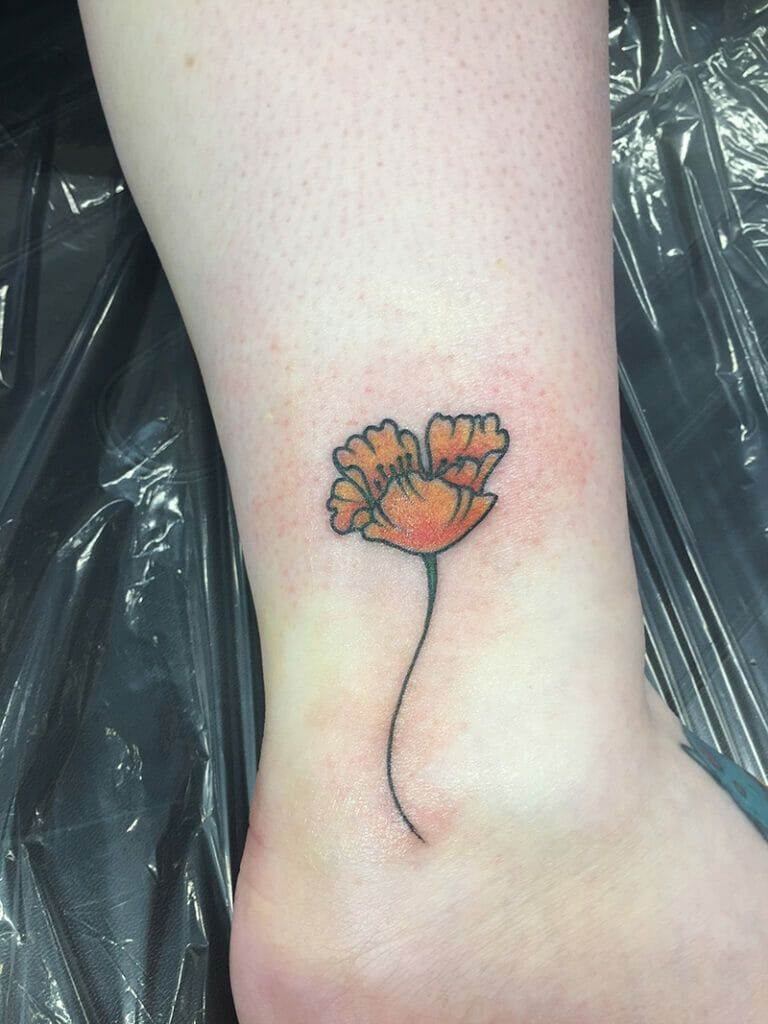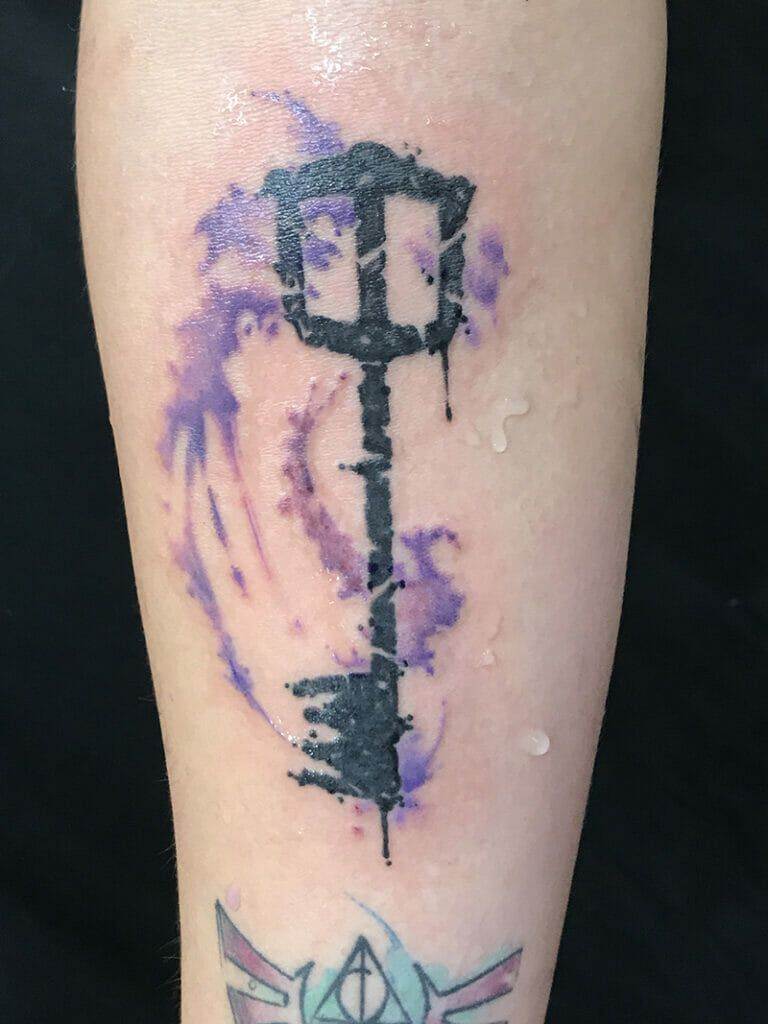Watercolor tattoos have become increasingly popular in recent years, and it’s not hard to see why. These unique and vibrant tattoos mimic the look of watercolor paintings, with their soft edges, delicate brushstrokes, and vibrant colors. Unlike traditional tattoos, which often rely on bold lines and solid colors, watercolor tattoos have a more ethereal and dreamy quality to them. They can be incredibly detailed or more abstract, depending on the design and the artist’s style.
Watercolor tattoos offer a fresh and modern take on body art, allowing individuals to express their creativity and individuality in a unique way. Whether you’re looking for a small and subtle design or a larger statement piece, watercolor tattoos can be customized to suit your personal style and preferences. From flowers and animals to landscapes and abstract designs, the possibilities are endless when it comes to watercolor tattoos.
The History of Watercolor Tattoos: From Traditional to Modern Styles
The origins of watercolor tattoos can be traced back to traditional watercolor painting techniques. Artists began experimenting with these techniques in the early 20th century, using diluted ink to create soft washes of color on the skin. However, it wasn’t until more recently that watercolor tattoos gained popularity in the mainstream.
In the past, traditional tattooing techniques relied heavily on bold lines and solid colors. Watercolor tattoos broke away from this tradition by embracing a more fluid and painterly style. Artists began using techniques such as blending, layering, and shading to create the illusion of depth and movement in their designs.
Today, watercolor tattoos have evolved even further, with artists pushing the boundaries of what is possible with this medium. They incorporate elements of realism, surrealism, and abstract art into their designs, creating truly unique and breathtaking pieces of body art.
Choosing the Right Design: Tips and Tricks for Finding Your Perfect Watercolor Tattoo
When it comes to choosing a watercolor tattoo design, there are a few things to consider. First and foremost, think about what you want your tattoo to represent. Are you looking for something meaningful and personal, or do you simply want a beautiful piece of art on your body? Consider your interests, hobbies, and values, and try to find a design that reflects who you are as a person.
Size and placement are also important factors to consider. Watercolor tattoos can be done in a variety of sizes, from small and delicate to large and bold. Think about where you want your tattoo to be placed on your body, and consider how the design will look in that location. Keep in mind that certain areas of the body may be more prone to fading or distortion over time, so choose a placement that will allow your tattoo to age gracefully.
Color scheme is another crucial aspect of watercolor tattoos. The beauty of watercolor tattoos lies in their vibrant and varied colors. Consider the color palette you want for your tattoo, and think about how those colors will complement each other. Some people prefer a more monochromatic look, while others opt for a rainbow of colors. There are no hard and fast rules when it comes to color choice, so trust your instincts and choose what feels right for you.
Color Theory: Understanding the Science behind Vibrant Watercolor Tattoos
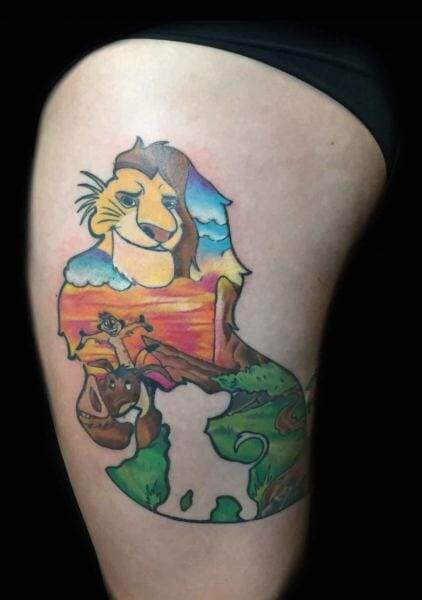
Color theory plays a crucial role in creating vibrant and visually appealing watercolor tattoos. Understanding the basics of color theory can help you make informed decisions when choosing the colors for your tattoo.
The color wheel is a useful tool for understanding how different colors interact with each other. It consists of primary colors (red, blue, and yellow), secondary colors (orange, green, and purple), and tertiary colors (the combinations of primary and secondary colors). Complementary colors are those that are opposite each other on the color wheel, such as red and green or blue and orange. These colors create a strong contrast when placed next to each other, making them ideal for creating visual interest in a watercolor tattoo.
Creating a balanced color palette is also important when designing a watercolor tattoo. Too many bright and vibrant colors can overwhelm the eye, while too many muted or neutral colors can make the tattoo appear dull. It’s important to strike a balance between bold and subtle colors to create a harmonious and visually pleasing design.
Watercolor Tattoo Techniques: Brush Up on the Basics
Creating a watercolor tattoo requires a different set of techniques than traditional tattooing. Artists use a variety of tools and methods to achieve the soft and painterly look of watercolor tattoos.
Blending is one of the key techniques used in watercolor tattoos. It involves mixing different colors together to create smooth transitions and gradients. This technique is often used to create depth and dimension in a design, as well as to achieve a realistic watercolor effect.
Layering is another important technique in watercolor tattoos. Artists build up layers of color on the skin, allowing each layer to dry before adding the next. This creates a sense of depth and richness in the design, as well as adding texture and complexity.
Other techniques used in watercolor tattoos include splattering, wet-on-wet painting, and dry brushing. These techniques can be used to create different effects, such as adding texture or creating a more abstract look.
Placement Matters: Choosing the Best Spot for Your Watercolor Tattoo
Choosing the right placement for your watercolor tattoo is crucial to its overall appearance and longevity. Some areas of the body are better suited for watercolor tattoos than others, due to factors such as skin texture, movement, and exposure to the elements.
Areas with smooth and relatively unblemished skin are ideal for watercolor tattoos, as they provide a clean canvas for the artist to work on. The upper arm, thigh, and back are popular choices for watercolor tattoos, as they offer a large and relatively flat surface area.
It’s also important to consider how the placement of your tattoo will affect its visibility. If you want your tattoo to be easily seen, choose a location that is frequently exposed, such as the forearm or calf. On the other hand, if you prefer a more discreet tattoo, consider areas that can be easily covered up, such as the upper back or ribcage.
Lastly, think about how the placement of your tattoo will affect its longevity. Areas that are frequently exposed to the sun, such as the hands or feet, may fade more quickly over time. Similarly, areas that experience a lot of movement or friction, such as the inner wrist or ankle, may cause the tattoo to blur or distort over time. Choose a placement that will allow your watercolor tattoo to age gracefully and maintain its vibrancy.
Aftercare: Keeping Your Watercolor Tattoo Vibrant and Beautiful
Proper aftercare is essential for keeping your watercolor tattoo looking vibrant and beautiful for years to come. Here are some tips to help you care for your tattoo:
– Follow your artist’s instructions: Your tattoo artist will provide you with specific aftercare instructions tailored to your tattoo. Follow these instructions carefully to ensure proper healing and minimize the risk of infection or complications.
– Keep it clean: Gently wash your tattoo with mild soap and warm water twice a day. Pat it dry with a clean towel and avoid rubbing or scratching the area.
– Moisturize regularly: Apply a thin layer of fragrance-free moisturizer to your tattoo several times a day to keep it hydrated and prevent dryness or flaking.
– Avoid direct sunlight: Protect your tattoo from direct sunlight, as UV rays can cause fading and damage to the skin. If you need to be in the sun, apply a broad-spectrum sunscreen with a high SPF to your tattoo.
– Avoid swimming and excessive sweating: Avoid swimming in pools, hot tubs, or the ocean until your tattoo is fully healed. Excessive sweating can also cause irritation and slow down the healing process.
– Avoid picking or scratching: It’s normal for your tattoo to itch during the healing process, but avoid scratching or picking at it. This can cause scarring or infection.
By following these aftercare tips, you can ensure that your watercolor tattoo stays vibrant and beautiful for years to come.
Watercolor Tattoos as a Form of Self-Expression: Finding Your Inner Artist
Watercolor tattoos offer a unique opportunity for self-expression and creativity. Like traditional watercolor paintings, these tattoos can be deeply personal and meaningful, allowing individuals to express their emotions, beliefs, and experiences through art.
Watercolor tattoos can be used to represent a wide range of themes and ideas. Some people choose designs that reflect their passions or interests, such as animals, flowers, or landscapes. Others opt for more abstract or symbolic designs that represent their inner thoughts and emotions.
The beauty of watercolor tattoos lies in their ability to capture the essence of a moment or feeling. The soft edges and delicate brushstrokes create a sense of movement and emotion, making these tattoos feel alive and dynamic.
If you’re considering getting a watercolor tattoo, take some time to reflect on what you want your tattoo to represent. Think about the colors, shapes, and symbols that resonate with you on a deep level. Consult with a talented tattoo artist who specializes in watercolor tattoos to bring your vision to life.
Watercolor Tattoos for Men: Bold and Masculine Designs
Watercolor tattoos are not just for women. There are plenty of bold and masculine designs that can be created using this technique. Here are some popular watercolor tattoo designs for men:
– Wildlife: Animals such as wolves, bears, and eagles are popular choices for watercolor tattoos. These designs can be done in a realistic or more abstract style, depending on your preferences.
– Geometric patterns: Geometric shapes and patterns can be combined with watercolor techniques to create bold and eye-catching designs. These tattoos often have a modern and minimalist feel to them.
– Landscapes: Watercolor tattoos can be used to create stunning landscapes, such as mountains, forests, or seascapes. These designs can be done in a realistic or more abstract style, depending on your preferences.
– Abstract art: Watercolor tattoos lend themselves well to abstract designs. Bold splashes of color, drips, and brushstrokes can be used to create a unique and visually striking tattoo.
When choosing a watercolor tattoo design, consider your personal style and interests. Think about what resonates with you on a deep level and choose a design that reflects your personality and values.
Watercolor Tattoos for Women: Feminine and Whimsical Styles
Watercolor tattoos are particularly popular among women due to their feminine and whimsical qualities. Here are some popular watercolor tattoo designs for women:
– Flowers: Flowers are a classic choice for watercolor tattoos. From delicate roses to vibrant sunflowers, there are endless possibilities when it comes to floral designs. These tattoos can be done in a realistic or more abstract style, depending on your preferences.
– Butterflies: Butterflies are often associated with transformation and beauty, making them a popular choice for watercolor tattoos. These designs can be done in a realistic or more abstract style, depending on your preferences.
– Birds: Birds symbolize freedom and spirituality, making them a popular choice for watercolor tattoos. Designs can range from realistic depictions of birds to more abstract interpretations.
– Quotes and words: Watercolor tattoos can also incorporate meaningful quotes or words. These designs often have a more delicate and feminine feel to them.
When choosing a watercolor tattoo design, consider your personal style and interests. Think about what resonates with you on a deep level and choose a design that reflects your personality and values.
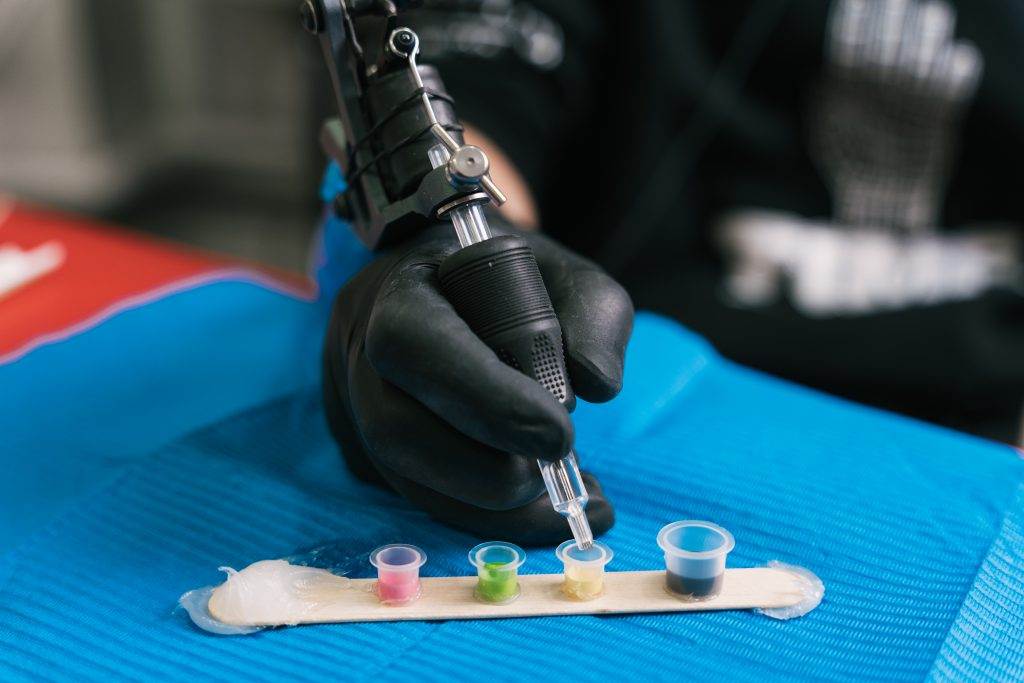
Embrace Your Inner Artist with a Vibrant Watercolor Tattoo
Watercolor tattoos offer a unique and beautiful way to express your creativity and individuality. Whether you’re looking for a small and subtle design or a larger statement piece, watercolor tattoos can be customized to suit your personal style and preferences.
By understanding the history, techniques, and color theory behind watercolor tattoos, you can make informed decisions when choosing a design and working with an artist. Consider factors such as size, placement, and color scheme to create a tattoo that is truly unique and meaningful to you.
Watercolor tattoos are not just for women or men; they can be enjoyed by anyone who appreciates the beauty of this art form. Embrace your inner artist and use your watercolor tattoo as a canvas for self-expression and personal growth. Let your imagination run wild and create a tattoo that reflects who you are as a person.

